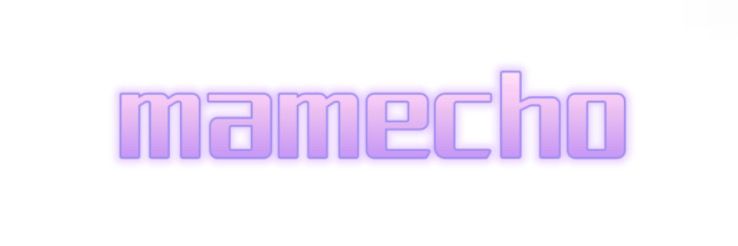Laser Cutting vs Traditional Methods in Marine Manufacturing: Pros and Cons
Nov. 19, 2025
In considering various manufacturing techniques within the marine industry, many professionals wonder about the effectiveness of laser cutting compared to traditional methods. Here, we'll explore the pros and cons of both approaches in detail.
Contact us to discuss your requirements of laser cutting for marine industry. Our experienced sales team can help you identify the options that best suit your needs.
1. What are the main advantages of laser cutting for the marine industry?
Laser cutting has several distinct advantages that make it appealing for marine manufacturing:
- Precision: Laser cutting provides extremely precise cuts. This level of accuracy is essential in the marine sector, where even minor errors can lead to significant structural issues.
- Versatility: It can be used on a range of materials, including aluminum, steel, and composite materials, which are commonly used in boat manufacturing.
- Speed: Laser cutting typically operates at a faster rate than traditional methods, reducing production time significantly.
- Less Waste: The focused beam of the laser cuts material effectively, generating less scrap material compared to traditional cutting methods.
2. What are the disadvantages of laser cutting in marine manufacturing?
While laser cutting has its benefits, there are some drawbacks to consider:
- Initial Costs: The initial investment for laser cutting equipment can be high, making it less accessible for smaller manufacturers.
- Heat-Affected Zone: The process can create a heat-affected zone, which may compromise the integrity of some materials.
- Material Limitations: Certain thicker materials may be difficult to cut with laser technology, whereas traditional methods can handle them easily.
3. How do traditional cutting methods compare to laser cutting?
Traditional cutting methods, such as plasma cutting and water jet cutting, also have their set of pros and cons:
Featured content:How Is Automation Changing Plate Cutting Manufacturers?
Advantages of traditional methods:
- Cost-Effective: They often require lower initial investment compared to laser cutting technology.
- Ability to Cut Thicker Materials: Traditional methods can handle thicker materials more effectively than most laser systems.
Disadvantages of traditional methods:
- Less Precision: They generally do not offer the same level of precision as laser cutting, which can lead to more waste and required rework.
- Longer Lead Times: Traditional methods may take more time to complete than laser cutting.
4. Which method is best suited for marine manufacturing?
The best method depends on the specific requirements of the project:
- If precision and speed are top priorities, laser cutting for marine industry applications may be the best choice.
- For larger projects that involve thicker materials, traditional methods might be more appropriate.
5. How can manufacturers choose between the two methods?
When deciding between laser cutting and traditional methods, manufacturers should consider the following factors:
- Material Type: Identify the types of materials being cut and their thickness.
- Project Budget: Assess the budget for initial investment and ongoing operational costs.
- Production Volume: Determine the volume of items to be produced; high-volume production may benefit more from the efficiency of laser cutting.
In summary, both laser cutting and traditional cutting methods have their place in marine manufacturing. Understanding the pros and cons of each technique helps manufacturers make informed decisions tailored to their specific needs and objectives in the ever-evolving marine industry.
For more laser engraving for acrylicinformation, please contact us. We will provide professional answers.
28
0
0
All Comments (0)
Previous: How Is Automation Changing Plate Cutting Manufacturers?
Next: أفضل آلة قطع الأنابيب: دليل الشراء والنصائح والميزات الأساسية
If you are interested in sending in a Guest Blogger Submission,welcome to write for us!



Comments